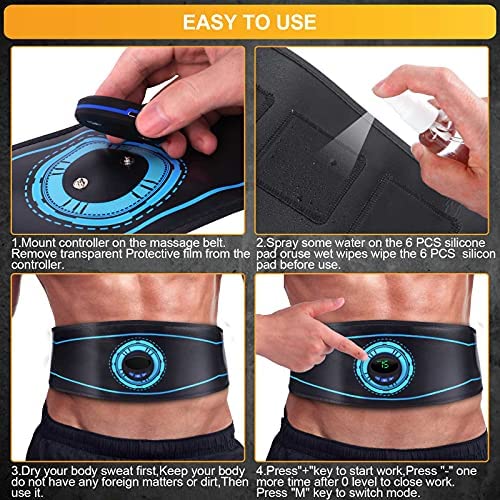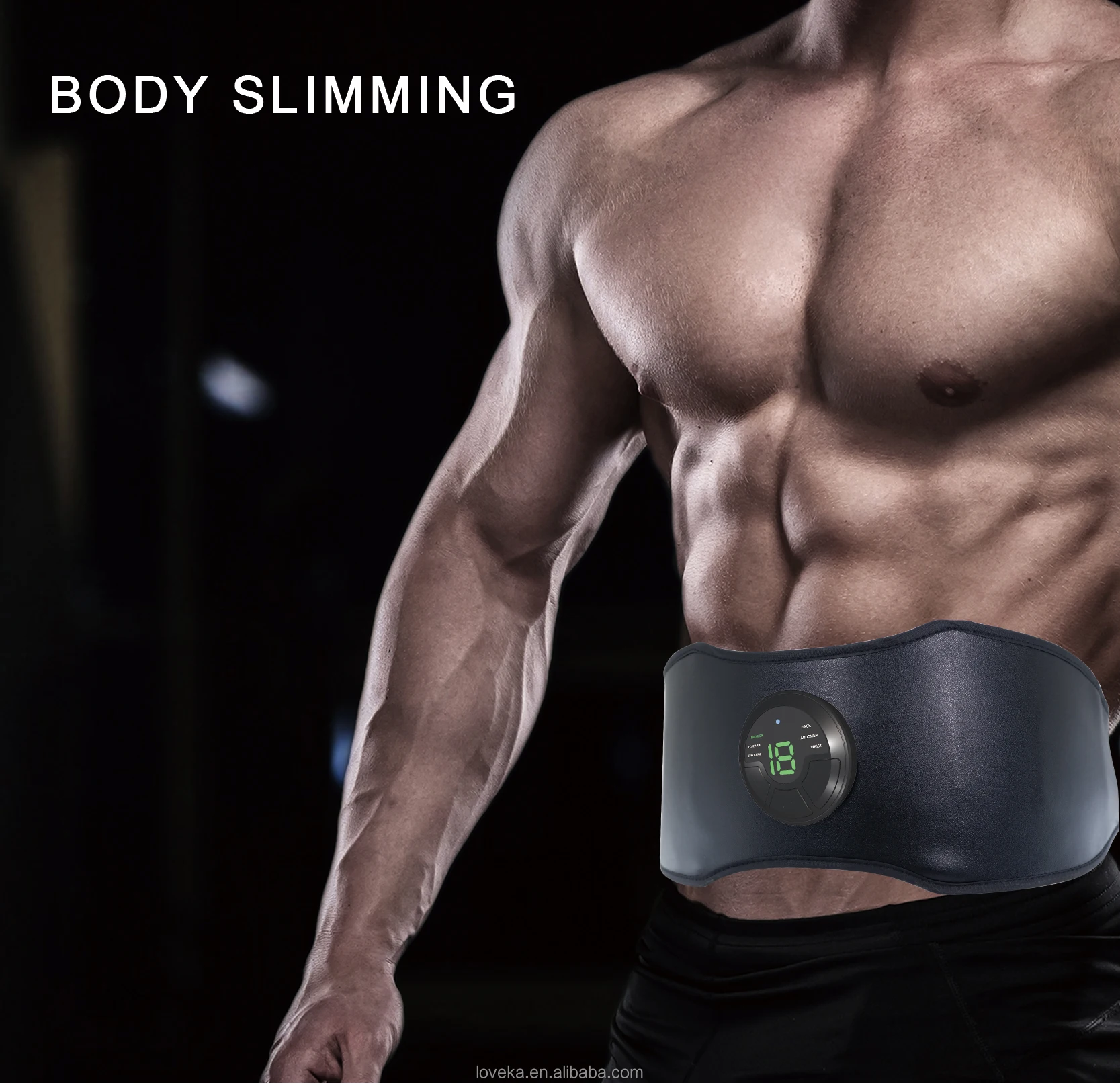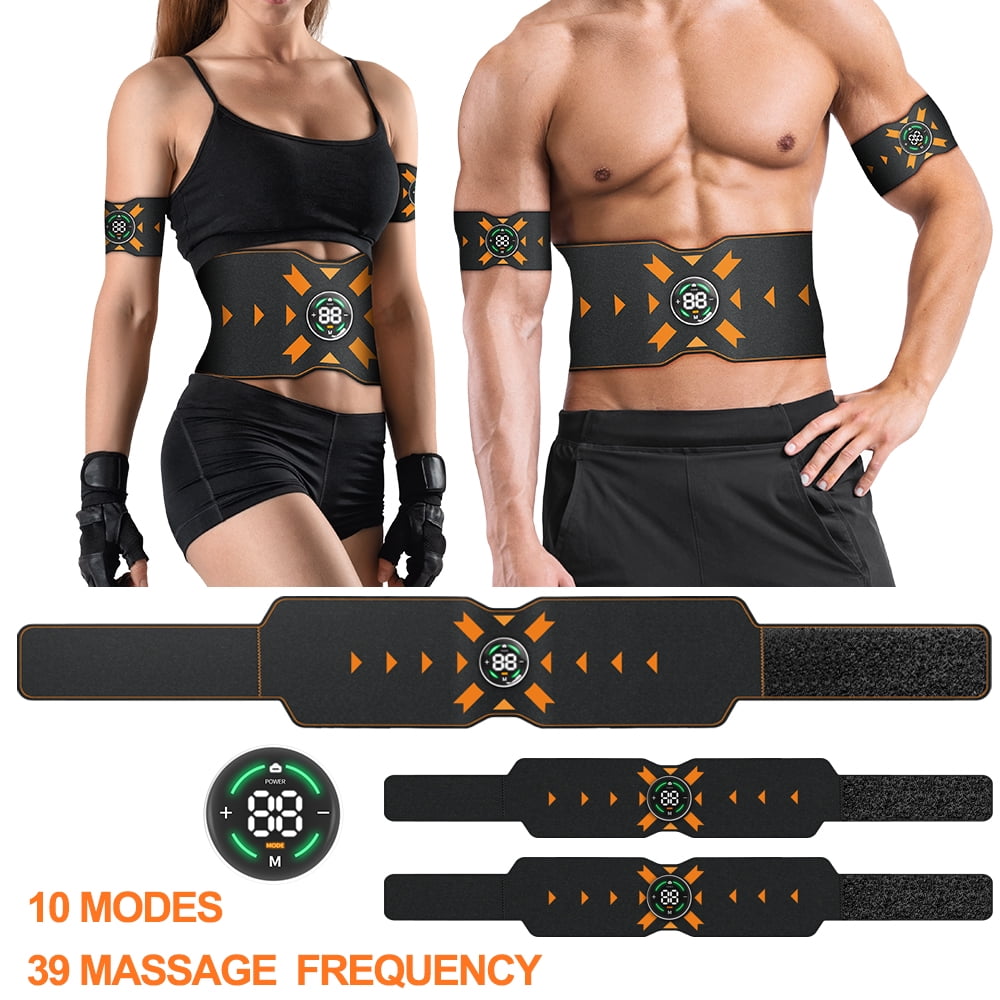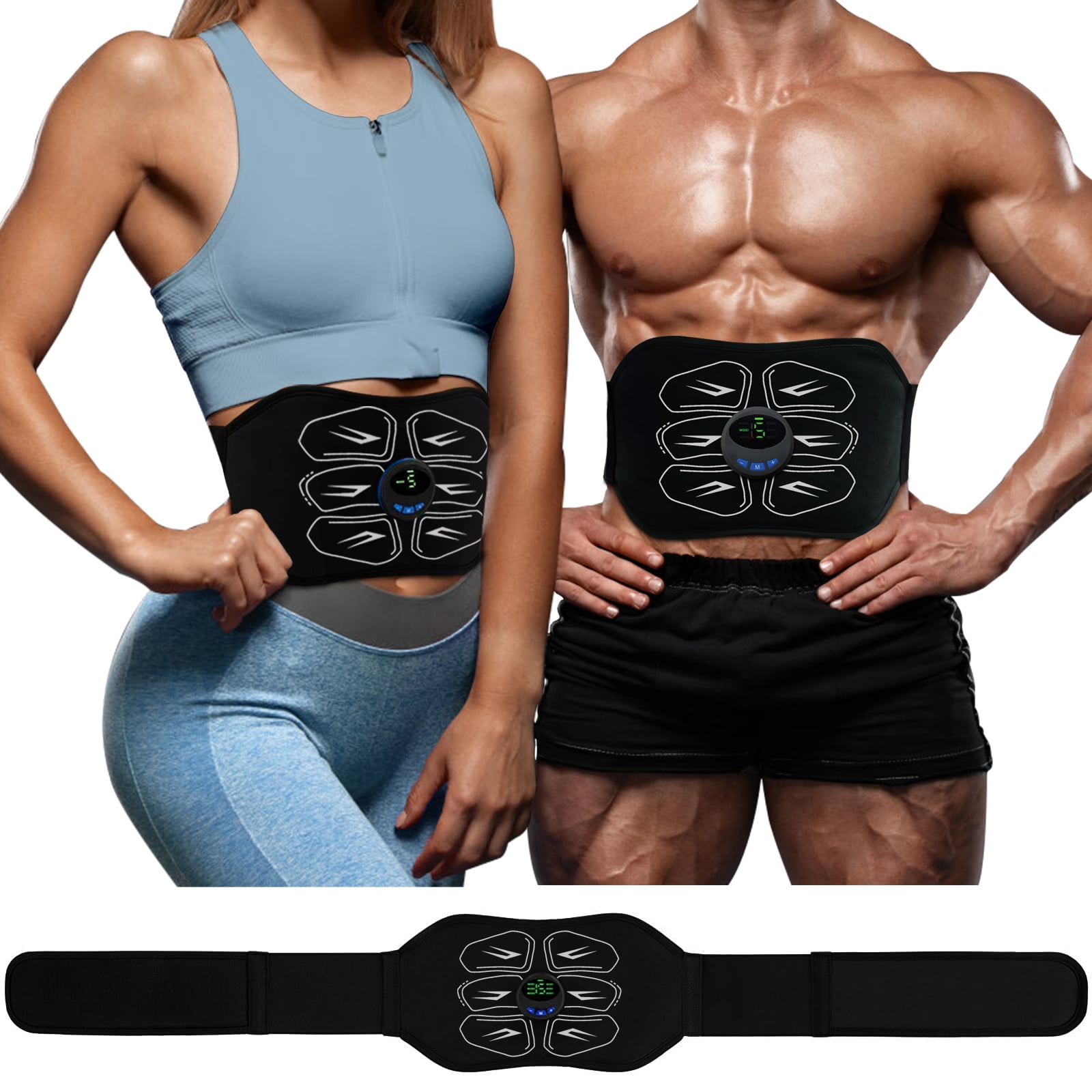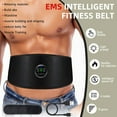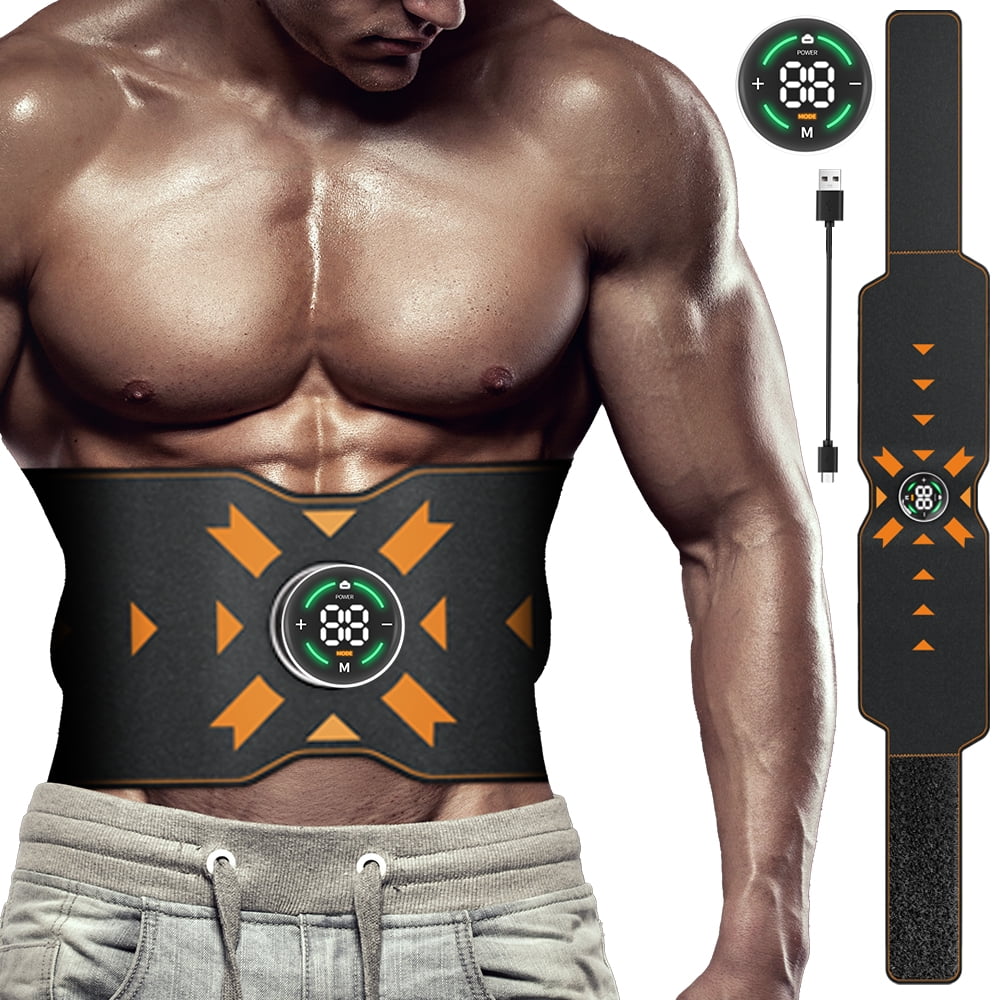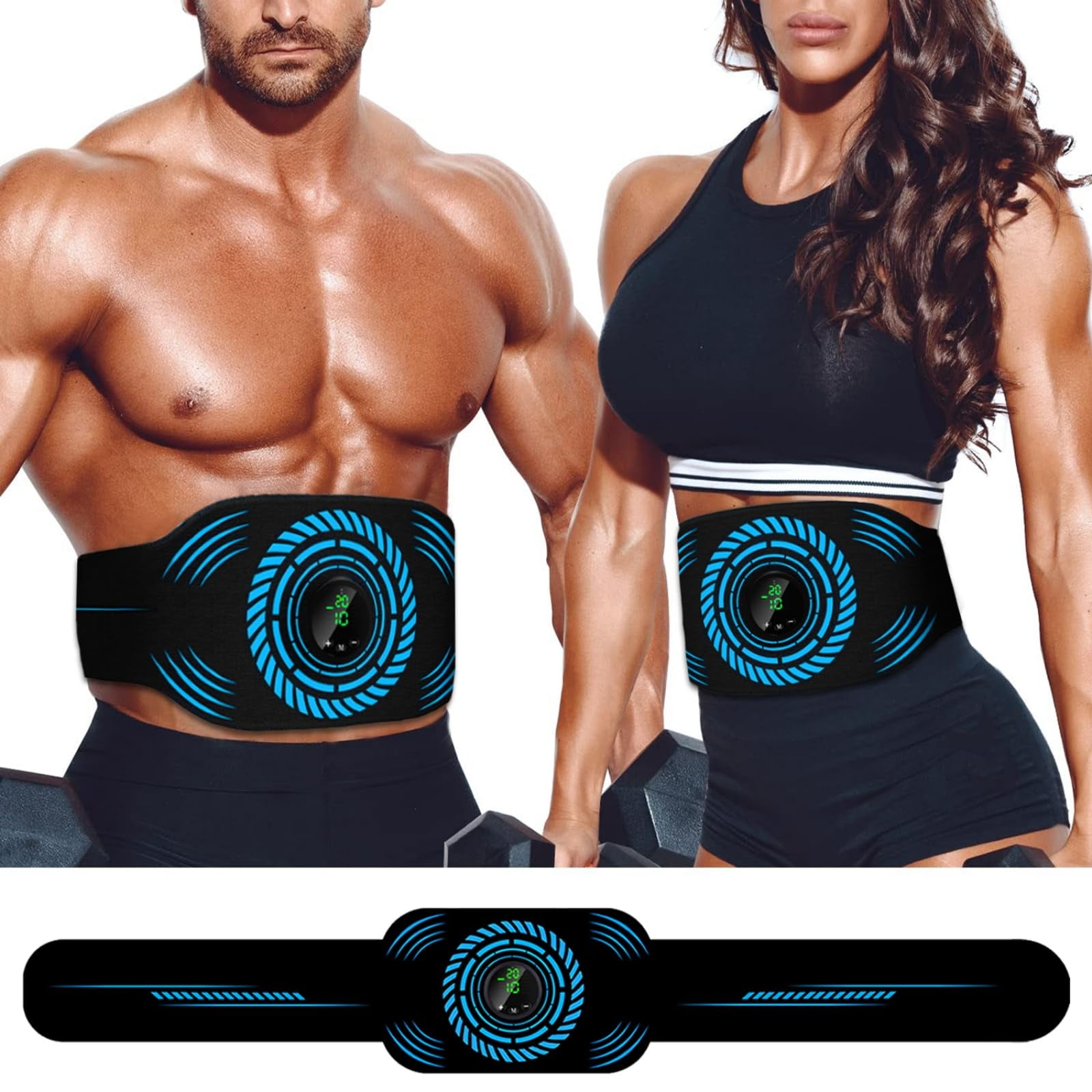Ab Stimulator High Intensity Belt With No Gel Pads
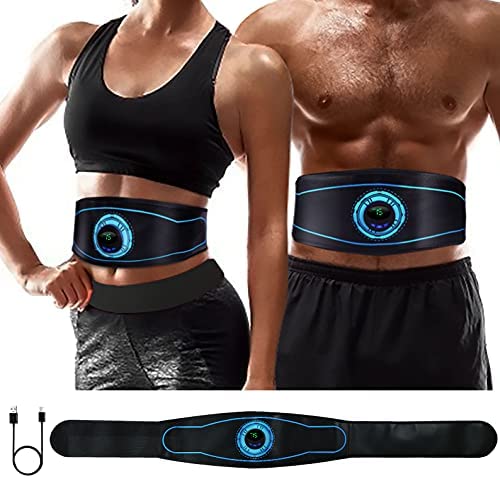
The promise of sculpted abs with minimal effort has once again captured the attention of consumers, this time in the form of high-intensity ab stimulator belts that forgo traditional gel pads. These devices, claiming to deliver powerful muscle contractions without the mess and ongoing cost of replacement pads, are flooding the market. But amidst the allure of convenience and rapid results, serious questions linger about their efficacy, safety, and potential for misleading marketing.
At the heart of the matter lies the question: Can these new-generation ab stimulator belts, relying on alternative conductive methods, truly deliver the promised muscle toning and fat reduction? This article delves into the science behind these devices, examines expert opinions, and investigates the potential risks and benefits, offering a balanced perspective on whether these "no gel pad" solutions are a genuine shortcut to a stronger core or simply another fitness fad.
The Technology Behind No-Gel Ab Stimulators
Traditional ab stimulators use electrical muscle stimulation (EMS), delivering targeted electrical impulses to abdominal muscles via gel pads. These pads act as conductive interfaces, ensuring the current flows effectively from the device to the muscle.
Newer models, however, advertise "no gel pad" technology, often employing alternative conductive materials like conductive fabric or integrated sensors. These materials are intended to create a direct connection between the device and the skin, eliminating the need for disposable gel pads.
Manufacturers claim these innovative designs offer superior convenience and cost-effectiveness, as users avoid the recurring expense of replacing gel pads. The core principle of EMS remains the same: stimulating muscles to contract, theoretically leading to increased strength and definition.
Expert Opinions and Scientific Evidence
The scientific community remains largely skeptical about the efficacy of ab stimulators, regardless of whether they use gel pads or not. Dr. Emily Carter, a leading physiotherapist specializing in sports rehabilitation, states, "While EMS can stimulate muscle contractions, it's not a substitute for active exercise and a healthy diet. The results achieved with ab stimulators alone are likely to be minimal."
Several studies have investigated the use of EMS for muscle strengthening and toning. A meta-analysis published in the Journal of Strength and Conditioning Research concluded that EMS can contribute to muscle strength gains, but only as an adjunct to regular resistance training.
This means that while the muscle stimulation may provide a slight advantage, it is not a stand-alone solution. The study emphasizes that diet and active workouts are critical for substantial improvements.
Specifically regarding "no gel pad" versions, there's a relative lack of independent research. Much of the available data comes directly from manufacturers, raising concerns about potential bias. More independent testing is needed to verify the efficacy and safety of these new technologies.
Safety Concerns and Potential Risks
While generally considered safe for healthy individuals, EMS devices can pose risks for certain populations. Individuals with pacemakers, implanted defibrillators, or other electronic medical devices should avoid using ab stimulators, as the electrical impulses can interfere with these devices' function.
Furthermore, Dr. David Lee, a cardiologist at the Mayo Clinic, cautions that, "The sensation of muscle contraction from EMS can be uncomfortable for some users. It's crucial to start with low intensity settings and gradually increase the stimulation as tolerated."
Some users have reported skin irritation or burns from prolonged use or incorrect application. Users need to follow product guidelines, including usage duration recommendations, to mitigate these risks.
The absence of gel pads also raises questions about consistent conductivity. Inconsistent contact between the device and the skin could lead to uneven stimulation and potentially, localized irritation. High quality products and careful applications are recommended to avoid unwanted complications.
Marketing Claims vs. Reality
Manufacturers of ab stimulator belts often make bold claims about their products' ability to "melt away fat" and "sculpt a six-pack" with minimal effort. Such claims are often misleading and not supported by scientific evidence.
While EMS can strengthen muscles, it does not directly target fat reduction. Fat loss is primarily achieved through a calorie deficit, typically through diet and exercise. The Federal Trade Commission (FTC) has previously taken action against companies making unsubstantiated claims about EMS devices.
Consumers should be wary of before-and-after photos or testimonials that appear too good to be true. These materials can be misleading and lack scientific backing. A healthy amount of skepticism is highly advised.
The Future of Ab Stimulator Technology
Despite the current skepticism, the technology behind ab stimulators continues to evolve. Future advancements may focus on improving the efficiency and comfort of EMS devices, as well as exploring new conductive materials and delivery methods.
The integration of artificial intelligence (AI) could also personalize EMS treatments, tailoring the intensity and frequency of stimulation to individual needs and fitness levels. However, for these technologies to gain widespread acceptance, rigorous scientific validation is crucial.
Going forward, manufacturers must prioritize transparency and evidence-based marketing. Consumers deserve accurate information about the potential benefits and limitations of these devices.
Conclusion
The "no gel pad" ab stimulator high-intensity belt presents a novel approach to EMS, offering increased convenience for consumers. However, the technology remains largely unproven, and consumers should approach these devices with caution.
While EMS can play a role in muscle strengthening, it is not a substitute for a healthy lifestyle, including regular exercise and a balanced diet. Before investing in an ab stimulator belt, consider consulting with a healthcare professional and carefully evaluating the scientific evidence behind the product.
Ultimately, the quest for sculpted abs requires dedication and effort. There is no magic bullet, and relying solely on an ab stimulator belt is unlikely to deliver the desired results. The journey towards a fit body requires consistent exercise, a healthy diet, and informed choices about fitness technologies.
